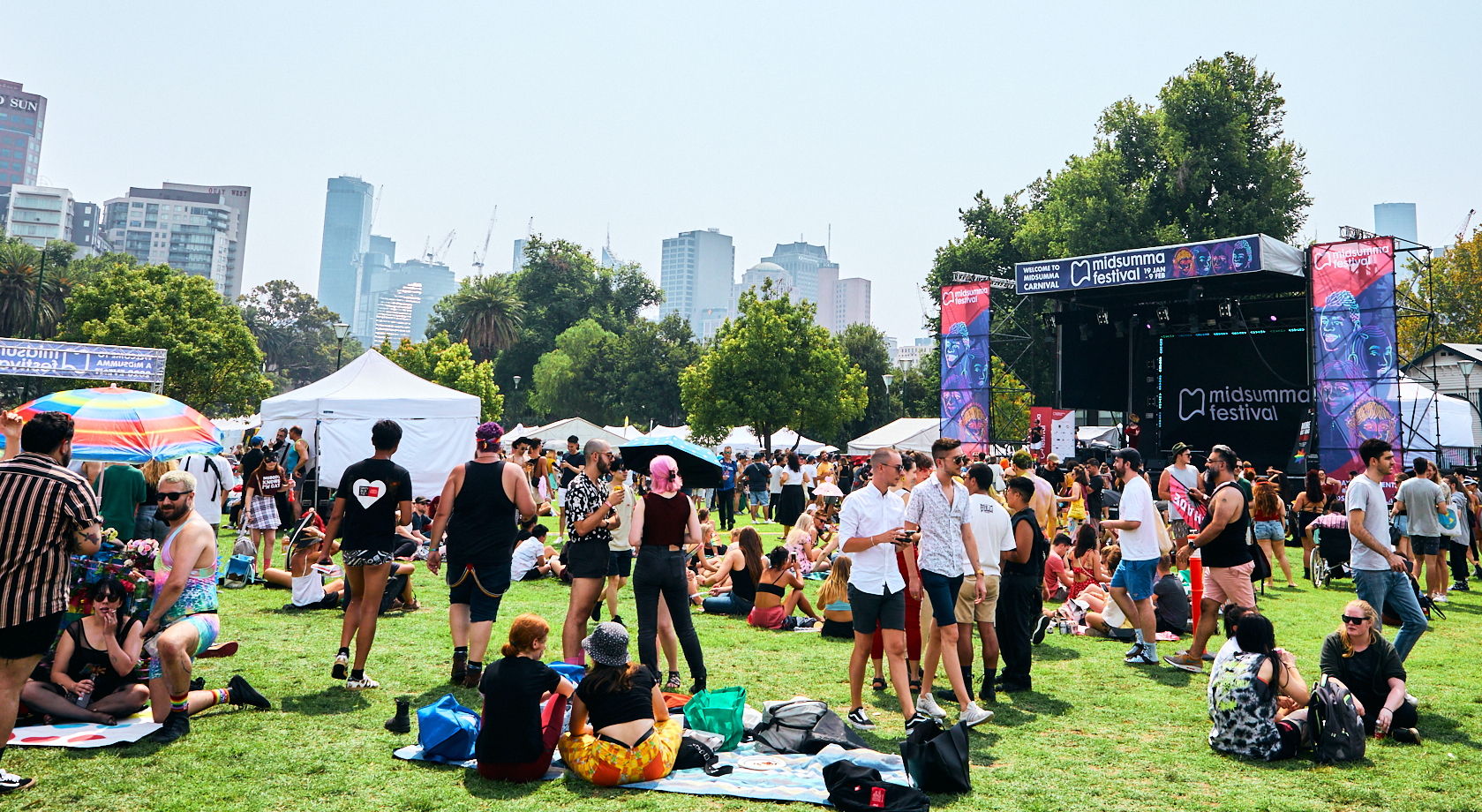A brand community is a business strategy.
As community management tools become both more sophisticated and user friendly, brands are increasingly looking to community strategies to boost customer loyalty. While community building shares many similarities with social media management, brands need to find a delicate balance between ensuring ROI without treating the space purely as another marketing channel. To entice people to dedicate their time to a community and share their passion with other advocates, brand leaders need to be willing to play the long game —a short term focus on acquisition through the community is unlikely to yield results, instead the strategy should focus on nurturing people who have the potential to become the heart and soul of a business.
Long-term focus
For this to succeed, the community strategy has to form part of the long-term strategic vision of an organisation, rather than a tactical function siloed within marketing. In 2009 Susan Fournier and Lara Lee published an article in Harvard Business Review, which is just as relevant in 2019 as it was 10 years ago. They dispel seven myths about community building that still persist today, and their first recommendation is that “a brand community is a business strategy”. They encourage businesses to consider the high-level strategic perspective, and whether they are willing to invest the resources required for the long-term success of a community.
“Your decision is not whether a community is right for your brand. It’s whether you’re willing to do what’s needed to get a brand community right.”
– Fournier & Lee, 2009.
Another pertinent insight from Fournier & Lee is that an online network in of itself is not a community strategy, rather it is one tool that can be employed to help build those connections. Although online forums are convenient and cost effective, the brands that are most successful at forging deep connections create opportunities for offline interaction.
Who’s doing brand communities well?
Think Apple product launch events, developer conferences, or in store activations —each event targeting a different market segment. If you’re a cyclist, you’ll probably be familiar with Rapha Cycle Club, a worldwide community which grew from a cycling apparel business. Yoga enthusiasts are enticed to Lululemon stores for complimentary yoga —a masterful execution of local area marketing— and brand enthusiasts can participate in festivals and retreats ranging from $35 – $4000 USD, proving that community events may be used as additional revenue streams. Alternatively, savvy brands can capitalize on the power of grassroots communities with strategic partnerships – think Reebok and Crossfit. Communities are also thriving in unlikely places — the gamer industry is shrugging off its dated reputation as the pastime of basement-bound anti-social adolescents, to a creative (and profitable) cohort. Gamers and developers take their online passion offline when they congregate in droves at conferences across the world and participate in local hackathons.
Creating community centric events is a powerful way to communicate the values of a business in a manner that customers can connect with on a personal level. NAB, one of Australia’s big four banks, is building its profile as an employer of choice for diversity, and for the freedom to be who you are at work. Their participation in the annual Midsumma Festival is an example of a brand reaching out to share their values in a genuine and engaging way. The award winning NAB Share House at Midsumma 2016 created a warm and inviting atmosphere for people to relax in and open up to each other, in a setting reminiscent of the classic share house (mismatched furniture and all), encouraging people to interact with the brand in a non-traditional way.
What’s next?
When planning the strategic vision for your brand, first consider how you can bring people together in a manner that will genuinely serve the needs of your customers. The holy grail of brand evangelism can only be achieved if the foundations of your community are engineered around a deep understanding of, and respect for, your customers.
If you’d like to talk about how bringing people together could benefit your brand —reach out via the form below, or just give us a call on 03 9044 4353.
Let’s talk.
Follow our Instagram, Facebook and LinkedIn for our latest projects, research and content.


